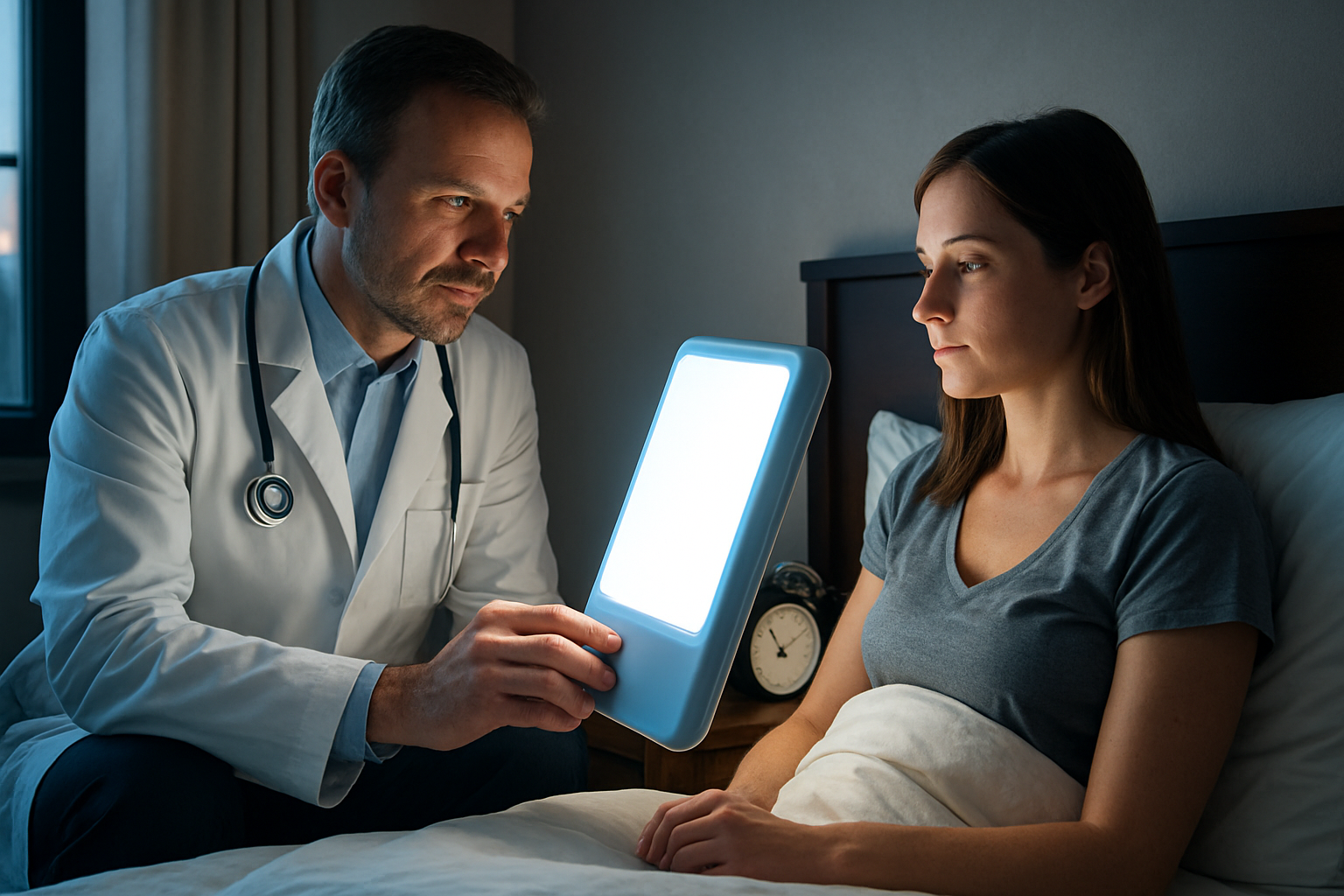Effective Sleep Disorder Treatments: What Works
Trouble with sleep can affect energy, mood, and everyday function. Whether you lie awake at night, wake feeling unrested, or battle daytime sleepiness, understanding treatment options helps you make informed choices. This article outlines common approaches to diagnosing and treating sleep problems, practical habits to try, and when to seek specialist care so you can regain more restorative nights.

This article is for informational purposes only and should not be considered medical advice. Please consult a qualified healthcare professional for personalized guidance and treatment.
Sleep: how are sleep disorders diagnosed and treated?
Diagnosing a sleep disorder begins with a detailed history and sleep diary, often supplemented by questionnaires and, when needed, overnight testing such as polysomnography or home sleep apnea tests. Treatment depends on the diagnosis: sleep apnea is commonly treated with CPAP or oral appliances; restless legs may respond to iron repletion or medication adjustments; circadian problems often benefit from light therapy and scheduled sleep times. Primary care providers, sleep clinics, and specialists offer local services to evaluate symptoms and recommend evidence-based treatments tailored to individual needs.
Fatigue: when tiredness signals a sleep problem
Fatigue is a common complaint but can stem from many causes—poor sleep quality, medical conditions, medications, or lifestyle factors. When fatigue persists despite sufficient time in bed, clinicians look for underlying sleep disorders, metabolic or endocrine issues, mental health concerns, and medication effects. Treatment often combines addressing the root cause (for example treating sleep apnea or anemia), improving sleep habits, and targeted therapies like CBT for insomnia or medication adjustments. Monitoring and follow-up help measure improvement and refine management plans.
Drowsiness: daytime sleepiness and safety
Excessive daytime drowsiness can be dangerous, affecting concentration, driving, and work performance. Daytime sleepiness may reflect fragmented nighttime sleep, obstructive sleep apnea, narcolepsy, or circadian misalignment. Assessment may include sleepiness scales and overnight or daytime testing. Management ranges from treating the primary sleep disorder to implementing scheduled naps, stimulant or wake-promoting medications when appropriate, and workplace or driving safety counseling. Discussing symptoms with a healthcare professional helps identify safe, effective strategies to reduce drowsiness and its risks.
Bed: practical sleep hygiene and environment fixes
Your bed and bedroom environment play a significant role in restorative sleep. Good sleep hygiene includes a cool, dark, and quiet room, a comfortable mattress and pillows, and using the bed primarily for sleep and intimacy rather than work or screen time. Regular sleep-wake schedules, limiting caffeine and heavy meals close to bedtime, and creating a calming pre-sleep routine can reduce sleep onset latency. Small changes—blackout shades, white noise machines, or temperature adjustments—often complement formal therapies and improve overall sleep quality.
Insomnia: therapies and when to seek help
Insomnia—difficulty falling or staying asleep despite adequate opportunity—responds best to cognitive behavioral therapy for insomnia (CBT-I), a structured, evidence-based program that addresses thoughts and behaviors perpetuating poor sleep. Short-term sleep medications may be used judiciously while engaging in CBT-I, but they are not a long-term solution for most people. If insomnia persists beyond a few weeks, or if it coexists with mood disorders, substance use, or medical issues, seeing a sleep specialist or a trained behavioral therapist in your area is recommended to develop a personalized, sustainable plan.
Conclusion
Effective treatment of sleep disorders combines accurate diagnosis, evidence-based therapies, and practical lifestyle adjustments. From medical devices and medications to CBT-I and improved sleep hygiene, options exist for most conditions—but the right choice depends on the specific disorder and individual circumstances. Working with healthcare professionals and local services ensures thorough evaluation and follow-up, helping reduce fatigue and drowsiness and restoring healthier nights and days.






